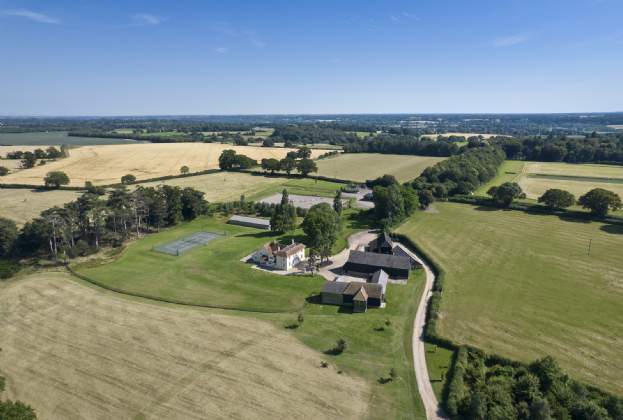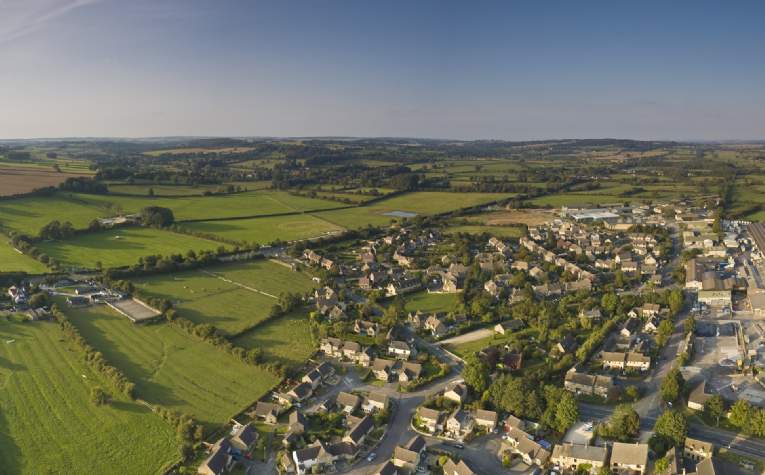Here's how it happened.
A legacy of the late Queen’s Platinum Jubilee, The Crown Estate is undertaking its largest afforestation project in decades – initially aiming to create 400ha of new mixed-use, biodiverse and resilient woodlands across its portfolio of estates in England. Our role focused on five of those estates, with the somewhat daunting challenge of planting at least 120ha in the first year of the project.
Woodland creation through collaboration
Speed was of the essence in what can be a notoriously protracted process.
The first step was to speak to the Forestry Commission (FC) as they would be crucial to success. A team was set up, working shoulder to shoulder to understand the main reasons why woodland creation can be subject to delay – not just in the grant application process but Environmental Impact Assessment determinations too.
The FC advice was clear:
- Read the guidance
- Fill in the form properly
- Provide accurate and complete maps
- Start stakeholder engagement early
- Select the least contentious areas of land
On this last point, the FC helpfully drew up estate specific maps showing areas of low and medium sensitivity land (a precursor of the Land Sensitivity England Woodland Creation layer on the FC Land Information Search browser). The next stage was to refine planting areas and funding routes.
Accurate and well-thought-through grant applications
In early autumn, as we started to fill out the England Woodland Creation Offer (EWCO) application forms, we had regular meetings with the FC team to iron out any issues, make sure all the parcels were correctly registered, and work through any feedback from environmental and historical searches. This meant that when we submitted our grant applications in November 2023, they were complete, accurate and well thought through. This enabled the FC to get most of our EWCO agreements back to us by the end of January 2024 – just 11 weeks including the Christmas break.
Cooperation in the supply chain
Another key part of the challenge was making sure that materials and planting teams were available to deliver the work in a very short planting window. We had to find or approve contractors in both the Savills and Crown Estate procurement systems, which again required us to work as one team across several organisations. These relationships will continue to ensure the newly planted trees are well maintained and to deliver the next 200ha or so still in the pipeline.
This collaborative way of working allowed us to go from a standing start to planting more than 250,000 trees in under eight months, balancing grant support and woodland carbon scheme registration requirements.
The Woodland Creation Fast Track
Targeting low sensitivity land is now one of the cornerstones of the FC’s new Woodland Creation Fast Track. EWCO applications comprising at least 90% low sensitivity land will be processed within 12 weeks – as long as the application is complete, UK Forestry Standard compliant, and provides the correct information from the outset.
Additionally, the FC recently announced uplifts to EWCO payment rates, as well as introducing a new additional payment of £1,100 for those woodland creation schemes situated on low sensitivity land. The low sensitivity area covers more than 2.8m ha across England – that is a huge opportunity.

.jpg)
.jpg)

.jpg)
.jpg)
.jpg)
.jpg)

.jpg)
.jpg)